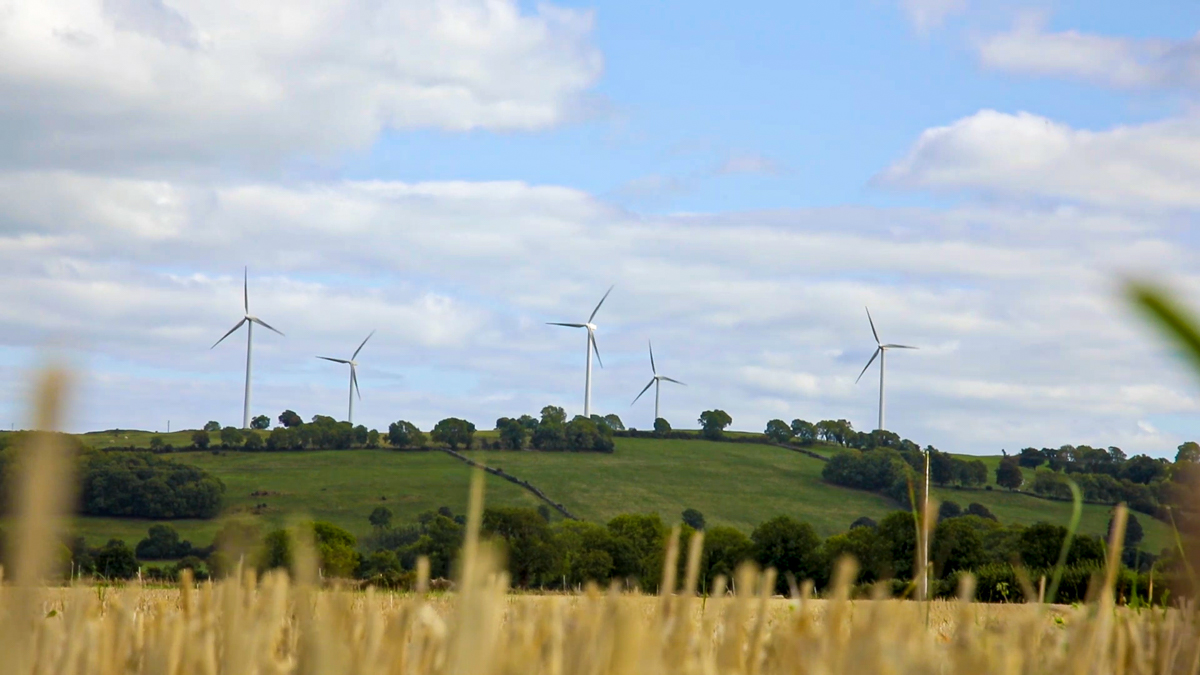Wind farms in Ireland are being “instructed to reduce the amount of power they generate, because the system is unable to cope with the large volumes of clean power available”.
This is according to the latest report by the Irish Wind Energy Association (IWEA), in which it claims that “wind farms are being dispatched down”.
The report states that the increased deployment of onshore wind and the planned development of new solar farms and offshore wind farms will “create greater challenges in integrating renewable electricity”.
Curtailment and constraints
David Connolly, CEO of the IWEA, said that wind farms are “already being dispatched down – instructed to reduce the amount of power they generate – because the system is unable to cope with the large volumes of clean power available”.
“In 2019 alone, more than 710,000MWh [megawatt-hour] of renewable electricity – enough to power the city of Galway for a year – was lost,” Connolly said.
“When wind farms are dispatched down, they are replaced by fossil fuel generators. Every time a wind farm is told to reduce its generation, Ireland’s CO2 emissions rise.”
The two main causes of this process, ‘dispatch down’, are curtailment and constraints, according to Connolly.
“To ensure the safe and secure operation of the transmission system, EirGrid sets a limit on the amount of demand that can be met by renewable electricity.
This is currently set at 65%, which means that even when it is possible for wind farms to provide more, to meet 70 or 75% of our electricity needs for example, they cannot do so.
“Instead, they are curtailed, and that demand is met by fossil fuel generators.
“Increasing this limit, known as the System Non-Synchronous Penetration [SNSP] limit, is essential if we are to achieve the Climate Action Plan’s target of a 70% renewable electricity system by 2030.”
It is also stated in the report that achieving this 70% renewable electricity target will require “almost tripling the amount of renewable generation connected to the system by 2030”.
The need to ‘strengthen our electricity system’
Connolly said that with constraints, the transmission system in a specific part of the country is unable to transport power from where it is generated to where it is needed.
“Constraints are already a serious problem in the west, north-west and south-west of Ireland,” he continued.
As more wind farms – on and offshore – and solar farms are developed in the coming decade, it is expected constraints will increase in those areas and also start to rise rapidly in the midlands and the east coast.
“Put simply, we are approaching the moment when the greatest barrier to achieving our 2030 targets is not building new wind farms, but strengthening our electricity system to integrate the renewable electricity we need.”
